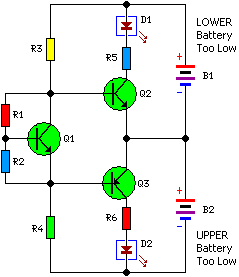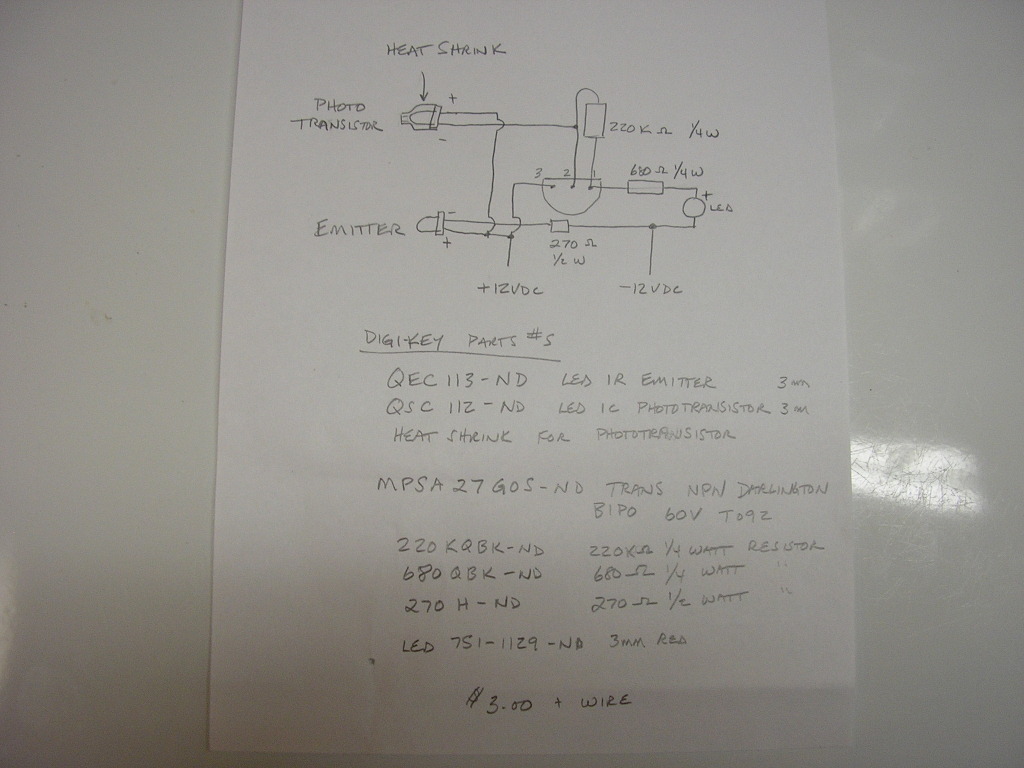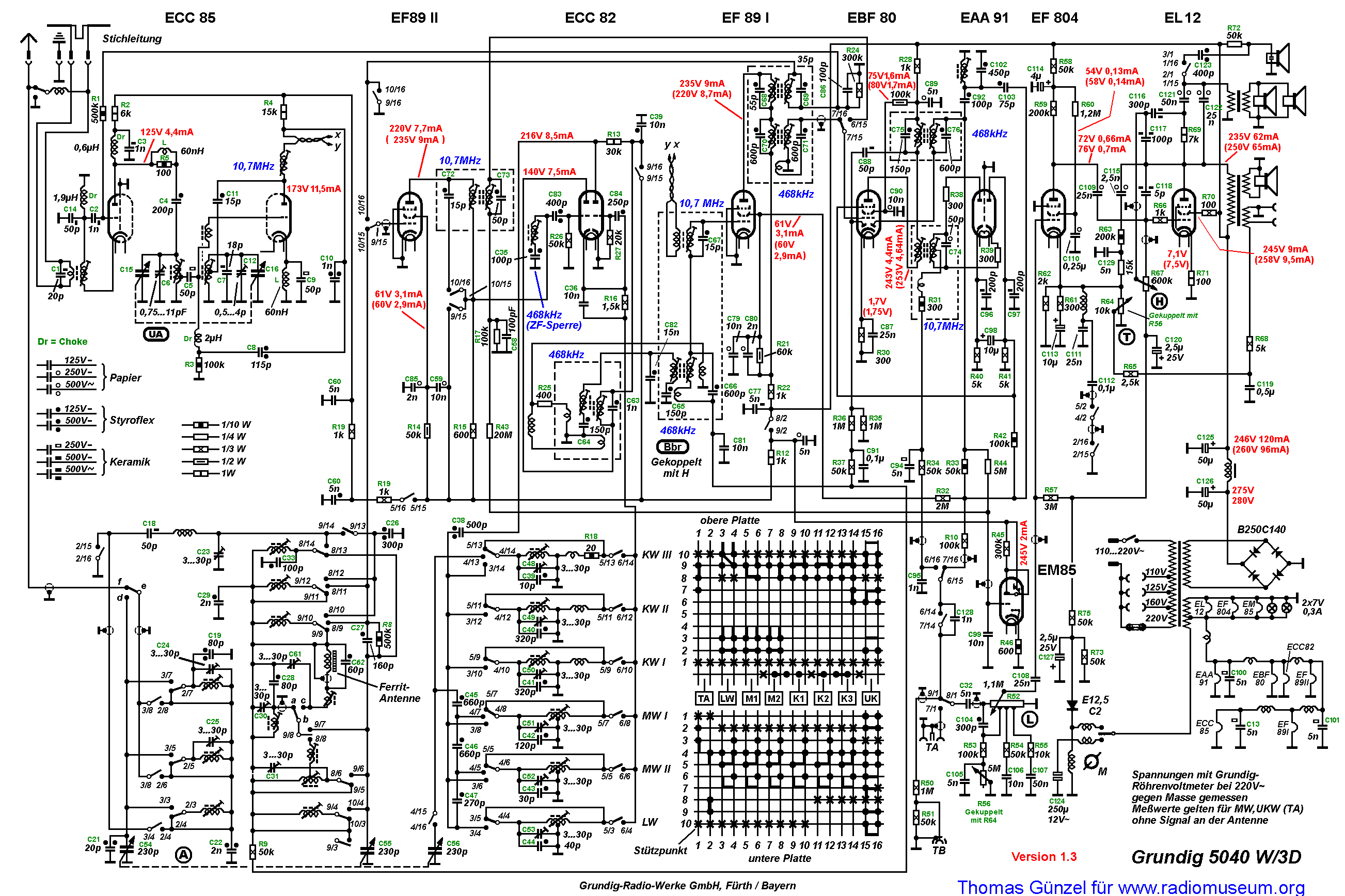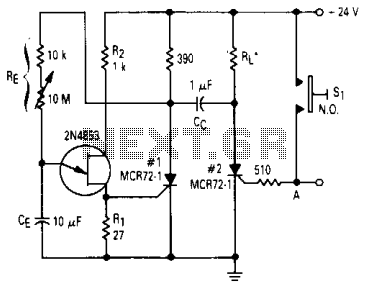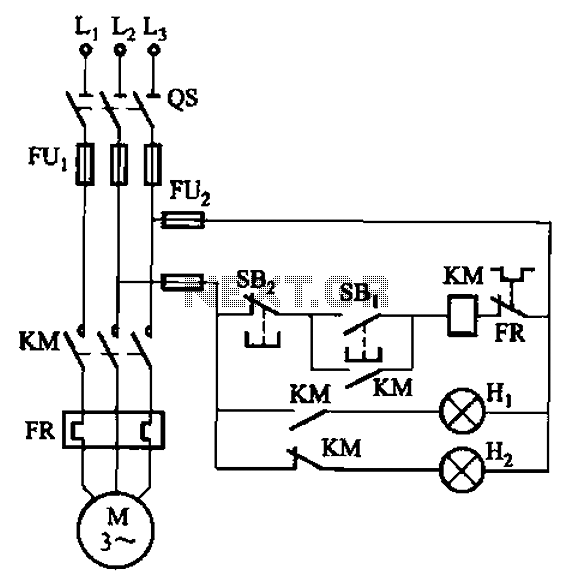
Electret Circuit
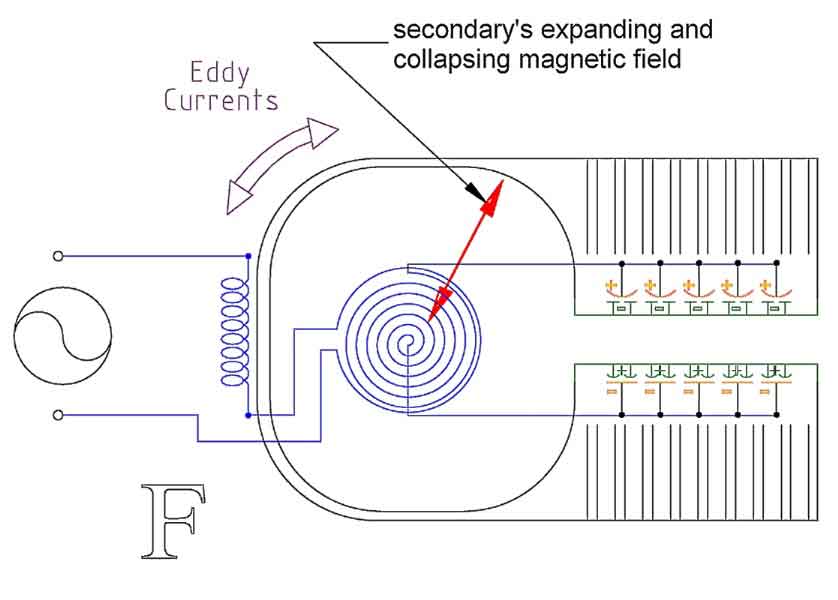
Arcing completes a circuit -- closes a system -- between two voltage potentials. When arcing occurs, two oppositely charged static voltage potentials can cancel each other out. The arcing problems that occur are usually between two electrically isolated voltage potentials necessary to hold a charge and they are part of the same circuit -- completes a closed system. Anyone or anything that is not part of the closed system can touch an element of that circuit without affect. An example of this is a sparrow on a high voltage power line. A sparrow can sit on a high voltage power line because the sparrow is not part of the circuit. With an eagle or hawk however, it is a different story. It is common for these birds to get 'zapped' when their wings bridge two high voltage power lines. They become a part of the closed system. Some questions raised here are:
What if charges are induced into the opposite ends of an electrically neutral conductive mass, a closed system? What if the holding charge is not induced from the outside (Figure A) but from within an object (Figure B)? (Thereby, inducing and locking in an electric field condition within an electrically polarized closed system.) What happens if an electrically neutral conductor becomes radically electrically polarized? Would it act like an electric field magnet? How much charge is needed to produce a significant physical application? There is a spatial relationship involved between a core charge with its surrounding charge and an outside charge coming into close proximity to them. There is a distance where the surrounding charge's closer proximity to an outside charge has a greater influence than the core charge. (This is what makes solid matter 'solid', the repulsion of electron shells) There is a device called an electret. It is made of a non-conductive material and exhibits a permanent electric field; it is permanently electrically polarized. An electret is like a permanent magnet, but with electric fields instead of magnetic fields. The device proposed here is simple. Just as a permanent magnet is to an electret, an electro-magnet is to the device proposed here.
Arcing phenomena occur when there is a breakdown in insulation between two voltage potentials, leading to the conduction of electricity through the air or another medium. This can create a closed circuit where the charge can flow, effectively canceling out the opposing static charges. In practical applications, understanding this behavior is crucial for designing safe and efficient electrical systems.
The concept of a closed system in electrical circuits can be illustrated with the example of birds on power lines. A sparrow, being small and not bridging the gap between two wires, remains unaffected by the high voltage. In contrast, larger birds like eagles or hawks can create a path for current to flow when they touch two lines, thus becoming part of the closed circuit and risking electrocution.
The discussion raises several fundamental questions about charge induction and polarization. When an electrically neutral conductor is subjected to external electric fields, charges may redistribute, creating an induced charge at its ends. This phenomenon can be harnessed in various applications, such as sensors and capacitors.
The notion of radical electrical polarization in conductive materials suggests that under certain conditions, these materials could behave similarly to electric field magnets. This could have implications for the development of new types of electromagnetic devices.
The electret, a key component in this discussion, is a fascinating device that maintains a permanent electric field. Unlike traditional capacitors that require external power to maintain their charge, electrets retain their charge indefinitely, making them useful in applications such as microphones and sensors.
The proposed device, analogous to an electromagnet but utilizing principles of electrostatics, could lead to innovative applications in energy storage and conversion. Understanding the spatial relationships between core charges and surrounding charges will be critical in optimizing the design and function of such devices. The influence of proximity on charge interaction is a fundamental principle that underlies many aspects of solid-state physics and material science. Arcing completes a circuit -- closes a system -- between two voltage potentials. When arcing occurs, two oppositely charged static voltage potentials can cancel each other out. The arcing problems that occur are usually between two electrically isolated voltage potentials pressures necessary to hold a charge and they are part of the same circuit -- completes a closed system. Anyone or anything that is not part of the closed system can touch an element of that circuit without affect. An example of this is a sparrow on a high voltage power line. A sparrow can sit on a high voltage power line because the sparrow is not part of the circuit. With an eagle or hawk however, it is a different story. It is common for these birds to get 'zapped' when there wings bridge two high voltage power lines. They become a part of the closed system. Some questions raised here are: What if charges are induced in to the opposite ends of an electrically neutral conductive mass, a closed system?
What if the holding charge is not induced from the outside (Figure A) but from within an object (Figure B)? (Thereby, inducing and locking in an electric field condition within a electrically polarized closed system.) What happens if an electrically neutral conductor becomes radically electrically polarized?
Would it act like an electric field magnet? How much charge is needed to produce a significant physical application? There is a spatial relationship involved between a core charge with its surrounding charge and an outside charge coming into close proximity ot them. There is a distance where the surrounding charge's closer proximity to an outside charge has a greater influence than the core charge.
(This is what makes solid matter 'solid', the repulsion of electron shells) There is a device called an electret. It is made of a non-conductive material and exhibits a permanent electric field; it is permanently electrical polarized.
An electret is like a permanent magnet, but with electric fields instead of magnetic fields. The device proposed here is simple. Just as a permanent magnet is to an electret, an electro-magnet is to the device proposed here. 🔗 External reference
What if charges are induced into the opposite ends of an electrically neutral conductive mass, a closed system? What if the holding charge is not induced from the outside (Figure A) but from within an object (Figure B)? (Thereby, inducing and locking in an electric field condition within an electrically polarized closed system.) What happens if an electrically neutral conductor becomes radically electrically polarized? Would it act like an electric field magnet? How much charge is needed to produce a significant physical application? There is a spatial relationship involved between a core charge with its surrounding charge and an outside charge coming into close proximity to them. There is a distance where the surrounding charge's closer proximity to an outside charge has a greater influence than the core charge. (This is what makes solid matter 'solid', the repulsion of electron shells) There is a device called an electret. It is made of a non-conductive material and exhibits a permanent electric field; it is permanently electrically polarized. An electret is like a permanent magnet, but with electric fields instead of magnetic fields. The device proposed here is simple. Just as a permanent magnet is to an electret, an electro-magnet is to the device proposed here.
Arcing phenomena occur when there is a breakdown in insulation between two voltage potentials, leading to the conduction of electricity through the air or another medium. This can create a closed circuit where the charge can flow, effectively canceling out the opposing static charges. In practical applications, understanding this behavior is crucial for designing safe and efficient electrical systems.
The concept of a closed system in electrical circuits can be illustrated with the example of birds on power lines. A sparrow, being small and not bridging the gap between two wires, remains unaffected by the high voltage. In contrast, larger birds like eagles or hawks can create a path for current to flow when they touch two lines, thus becoming part of the closed circuit and risking electrocution.
The discussion raises several fundamental questions about charge induction and polarization. When an electrically neutral conductor is subjected to external electric fields, charges may redistribute, creating an induced charge at its ends. This phenomenon can be harnessed in various applications, such as sensors and capacitors.
The notion of radical electrical polarization in conductive materials suggests that under certain conditions, these materials could behave similarly to electric field magnets. This could have implications for the development of new types of electromagnetic devices.
The electret, a key component in this discussion, is a fascinating device that maintains a permanent electric field. Unlike traditional capacitors that require external power to maintain their charge, electrets retain their charge indefinitely, making them useful in applications such as microphones and sensors.
The proposed device, analogous to an electromagnet but utilizing principles of electrostatics, could lead to innovative applications in energy storage and conversion. Understanding the spatial relationships between core charges and surrounding charges will be critical in optimizing the design and function of such devices. The influence of proximity on charge interaction is a fundamental principle that underlies many aspects of solid-state physics and material science. Arcing completes a circuit -- closes a system -- between two voltage potentials. When arcing occurs, two oppositely charged static voltage potentials can cancel each other out. The arcing problems that occur are usually between two electrically isolated voltage potentials pressures necessary to hold a charge and they are part of the same circuit -- completes a closed system. Anyone or anything that is not part of the closed system can touch an element of that circuit without affect. An example of this is a sparrow on a high voltage power line. A sparrow can sit on a high voltage power line because the sparrow is not part of the circuit. With an eagle or hawk however, it is a different story. It is common for these birds to get 'zapped' when there wings bridge two high voltage power lines. They become a part of the closed system. Some questions raised here are: What if charges are induced in to the opposite ends of an electrically neutral conductive mass, a closed system?
What if the holding charge is not induced from the outside (Figure A) but from within an object (Figure B)? (Thereby, inducing and locking in an electric field condition within a electrically polarized closed system.) What happens if an electrically neutral conductor becomes radically electrically polarized?
Would it act like an electric field magnet? How much charge is needed to produce a significant physical application? There is a spatial relationship involved between a core charge with its surrounding charge and an outside charge coming into close proximity ot them. There is a distance where the surrounding charge's closer proximity to an outside charge has a greater influence than the core charge.
(This is what makes solid matter 'solid', the repulsion of electron shells) There is a device called an electret. It is made of a non-conductive material and exhibits a permanent electric field; it is permanently electrical polarized.
An electret is like a permanent magnet, but with electric fields instead of magnetic fields. The device proposed here is simple. Just as a permanent magnet is to an electret, an electro-magnet is to the device proposed here. 🔗 External reference
